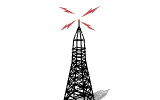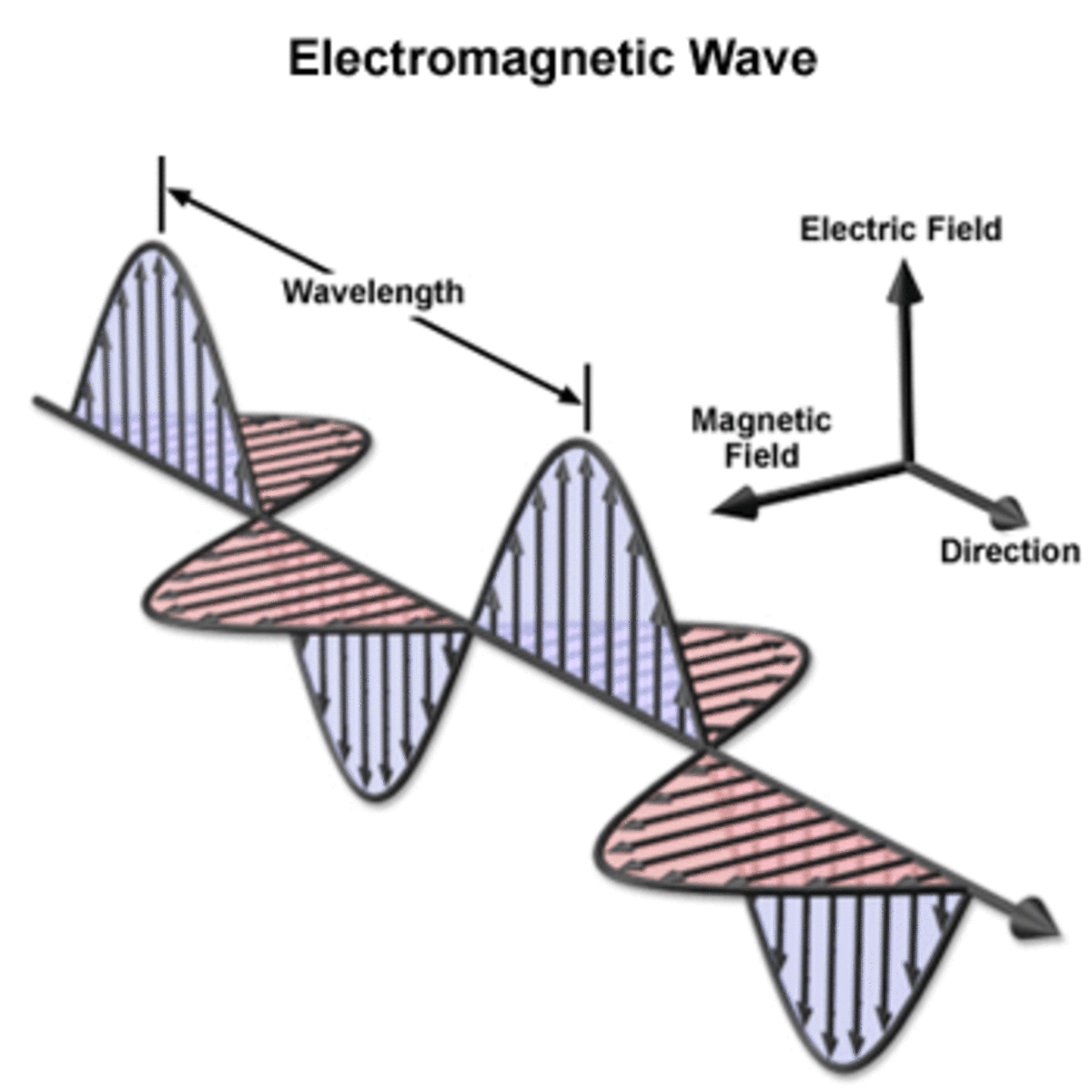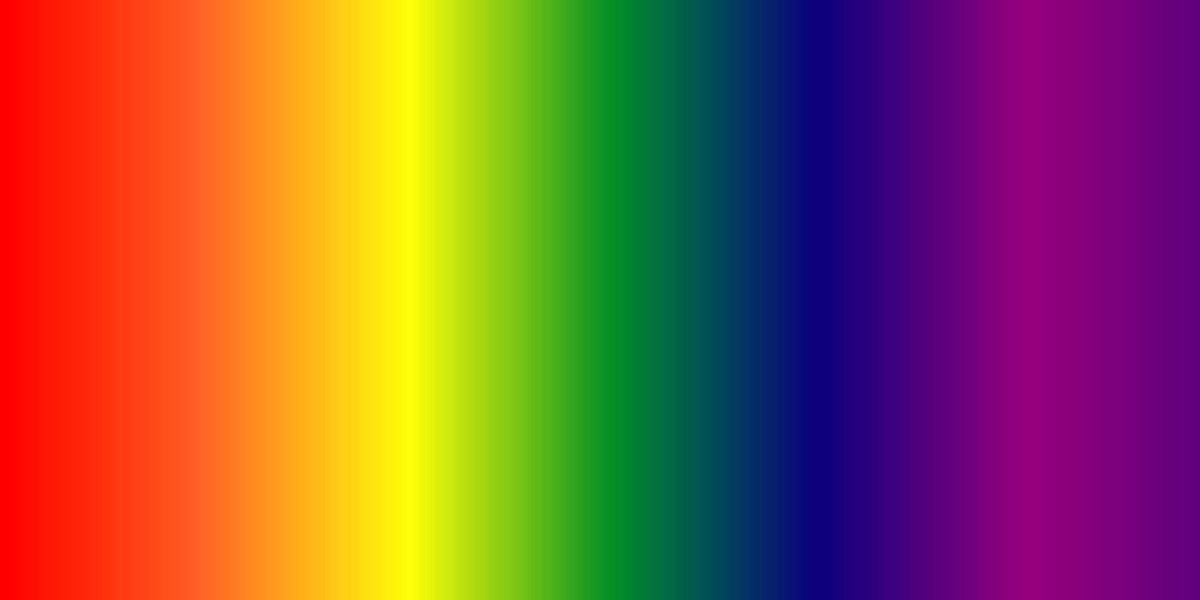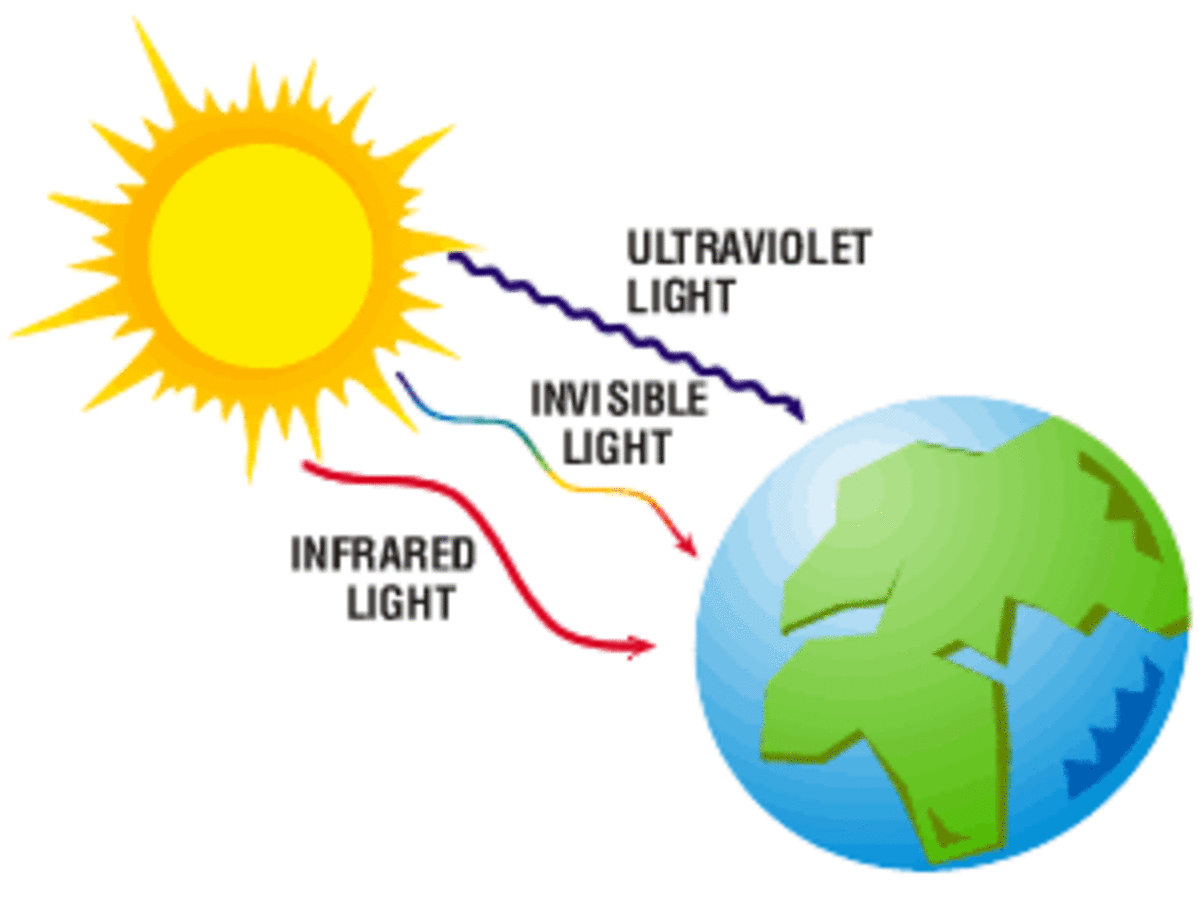What is a "Radio Wave" ?

Radio waves are part of the electromagnetic spectrum, which also includes heat and light.
Radio has many uses. The most obvious is entertainment (radio and television), but it is also used for many other types of communication. The waves used by the emergency services, telephones, aircraft, microwave ovens, cordless doorbells and electronic key fobs are all radio waves. If you have a radio which tunes to the frequencies which they use, you can hear them all!
Of course, that doesn't mean that you will be able to make sense of all you hear. Many of these transmit a digital signal (of which there are many "types") whereas a normal radio receiver is designed to receive an analogue signal. Even if you have a receiver designed to receive a digital signal, such as a DAB (Digital Audio Broadcasting) receiver, on sale in some parts of the world in High Street shops, and even if it could receive the correct frequency (see below about the electromagnetic spectrum), the chances are you would hear nothing, unless the receiver was especially designed to receive that particular signal. The best chance of hearing a signal like this would be on a "normal" analogue radio tuned to the correct frequency - in which case you might hear a buzz, a hiss, or a series different tones as data is transmitted.
In this context, all of these signals are known as Radio signals, and this includes television. Just like the signals referred to above, TV signals can be analogue or digital. If you have an analogue receiver which can tune to the correct frequency (which you can buy fairly cheaply) you can hear an analogue video signal. The video signal will sound like a buzz, and if you can listen to it while you watch the same picture on a TV receiver, you may hear the buzz change slightly when the picture changes from one scene to another.
A "sound" signal is known as audio, and a "picture" signal is referred to as "video".
Morse Code
Morse telegraphy, more usually called "Morse Code", was invented by Samuel Finley Breese Morse in the 1840s. He had a partner called Alfred Vail who quite probably helped him to develop the code, and the equipment used to send and receive it. Samuel Morse was born in 1791 and died in 1872.
Not so long ago, morse was used for communication by radio operators in many different services. Today, however, apart from beacons for aircraft, the code is not used much at all - with one exception. Radio Amateurs still use it a lot. It is a good way to communicate via radio over long distances with simple, cheap equipment. Skilled operators can communicate using morse code at speeds of 20 to 30 words per minute.
The Electromagnetic Spectrum
The length of one wave (from the top of one wave to the top of the next for example) is called its wavelength. The number of waves in one second is known as the frequency, and is measured in Hertz (Hz. for short). 1 Hz is one cycle per second.
Long radio waves (just called long waves) can have a wavelength of over a mile, whereas much shorter ones (known as microwaves) have a wavelength of just a few centimeters. The wavelength of light is measured in nanometers (there are 1,000,000 nanometers in a millimeter!) You can see that a long wave has a low frequency (not so many cycles in a second) and that a shorter wave has a higher frequency (more cycles in a second).
If you multiply the wavelength in Metres by the number of cycles in a second (Hz.) the answer will always be the same. The answer is (approximately) 300,000,000! This is the speed, in metres per second, at which the waves travel, which is roughly 186,411 miles per second.
Radio stations used to announce their wavelength (For example, "This is BBC Radio 4 on 1500 Metres Long Wave"), but now it is more common to hear the frequency announced (i.e. "This is BBC Radio 4 on 198 KHz. Long Wave"). The "K" in KHz. just stands for "Kilo" and means thousand, so 1 Khz. = 1,000 Hz. Your VHF (Very High Frequency) FM radio might be marked in MHz. The M stands for "Mega" and means million, so 1 MHz. = 1,000,000 Hz.








